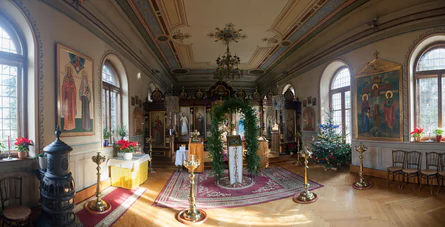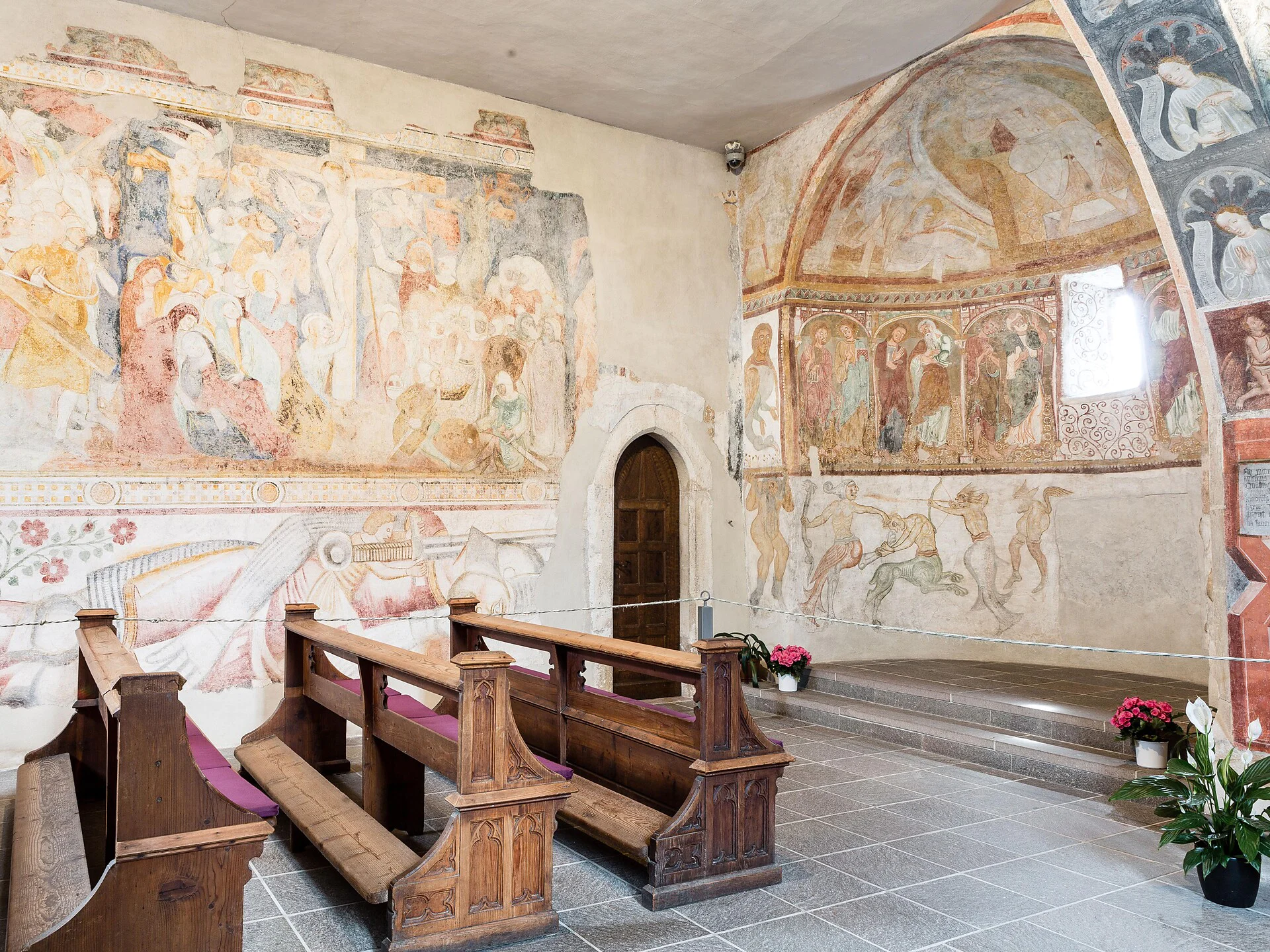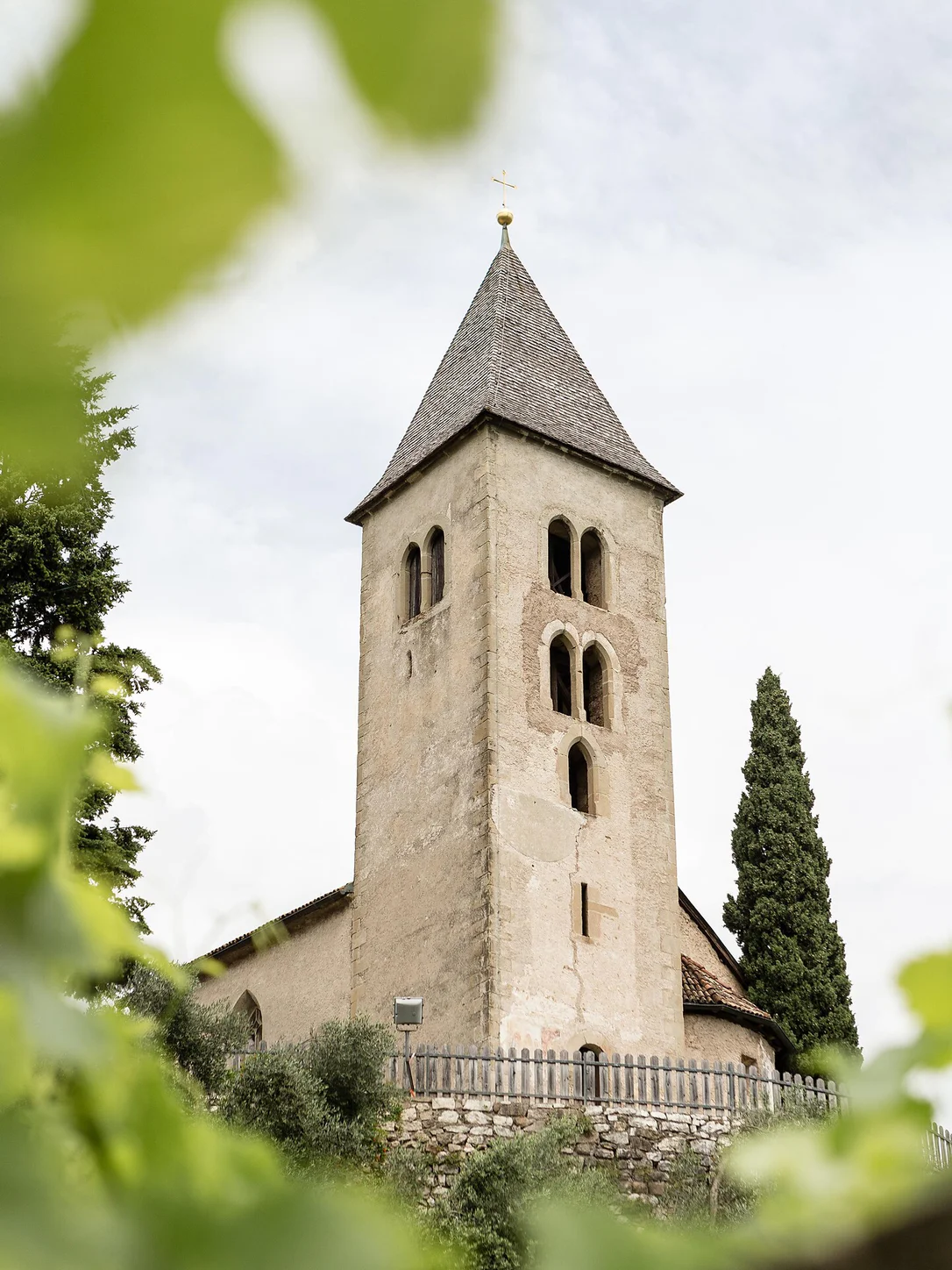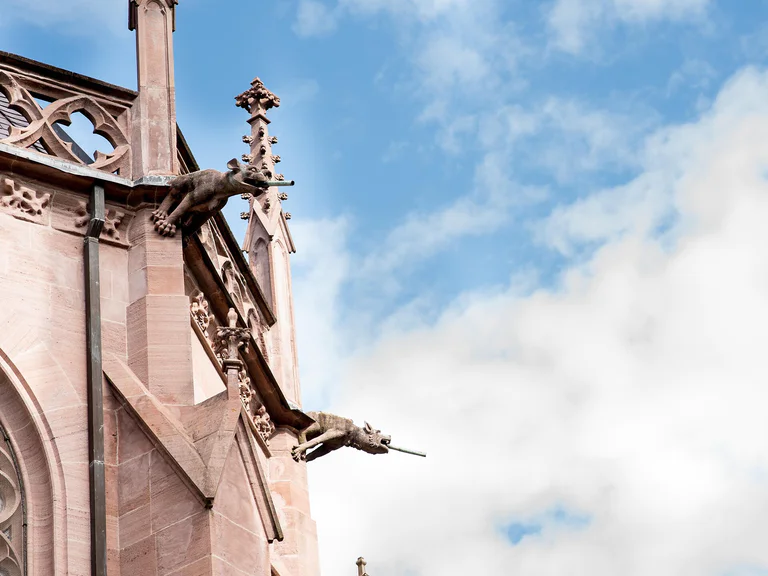Es gibt keinen Ort in Südtirol, in dem keine Kirche steht: Christlich geprägt, gibt es hierzulande eine große Dichte an Kirchen und Kapellen, Klöstern und Abteien, die ältesten davon bereits aus der frühchristlichen Zeit. Entlang viel frequentierter Wege, die bereits im frühen Mittelalter als Verbindung zwischen Nord und Süd dienten, entstanden Kapellen als Schutz für Reisende, Hospize und Kommenden für Ritterorden. Dazu kamen Klöster auf dem Land und in Städten, größere Kirchen und Kathedralen. Heute sind weit über 250 Kirchen erhalten und zugänglich. Besuchen Sie diese in kultureller, künstlerischer und kunsthistorischer Hinsicht interessanten Bauwerke, die Zeugen einer wechselvollen Geschichte sind.
In the late 19th century, the spa town on the Passer River became a popular destination for affluent Russians escaping the severe climate of their homeland. Thanks to the generous legacy of Moscow native Nadezhda Ivanovna Borodina – for whom the adjacent memorial is named – the church was built in 1897 to plans by Merano architect Tobias Brenner.
Inside, visitors are greeted by arched windows, glowing icons, and an atmosphere of quiet reverence. Just next door, the Borodina Memorial houses a rich collection of books, periodicals, and photographs that chronicle the life of Merano’s Russian community.
Architecture and Historical Context:
This chapel is a fine example of 19th-century Russian Orthodox architecture adapted to the Alpine setting. The onion dome and round-arched windows reflect traditional stylistic features, while the interior exudes a spiritual calm. Built at a time when Merano attracted Russian aristocrats and intellectuals, the church continues to serve as a spiritual and cultural focal point for the local Orthodox community.
Nadezhda Borodina Memorial:
Next to the church, the memorial houses over 1,300 books, magazines, liturgical texts, and historical documents, making it a valuable archive of Russian cultural heritage. Among the collection are also handcrafted toys from the Pescatori-Bragaglia collection in Verona, providing an intimate window into everyday life of the time.
The church was officially transferred to the Russian Orthodox Church in 2017, reaffirming its enduring significance for Orthodox Christians in Merano and beyond.






















